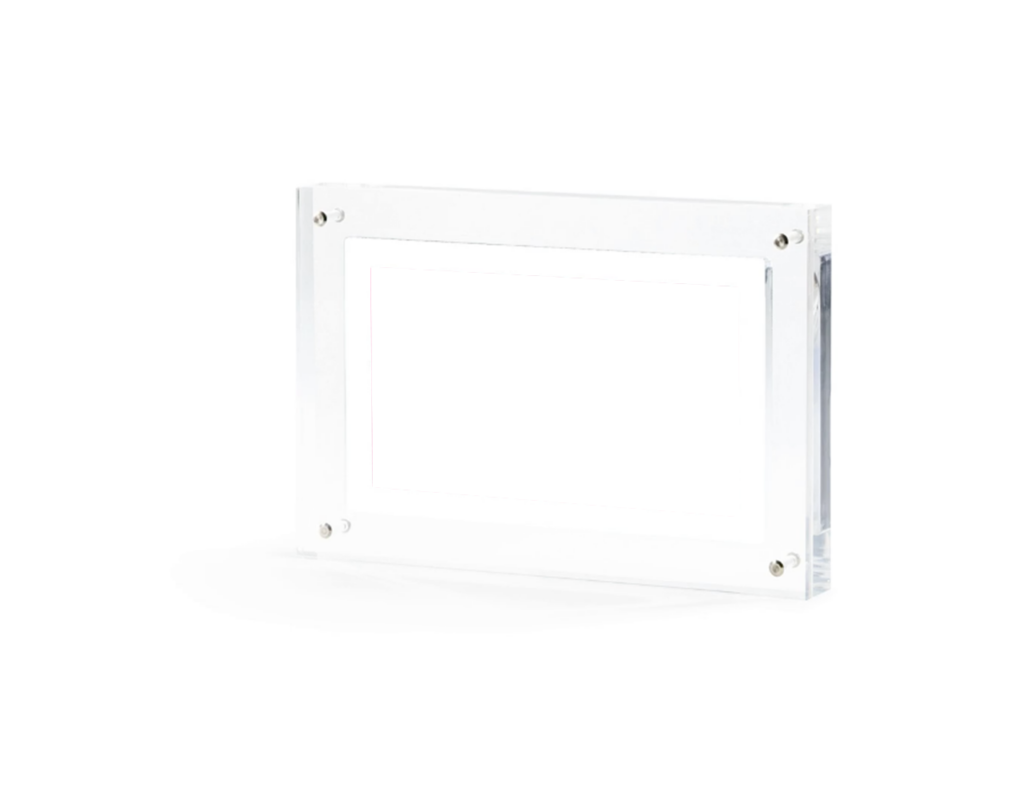Vanguard crypto artist Sarah Meyohas has issued a manifesto on her historic project Bitchcoin as an NFT. Providing critical background detail, Bitchcoin, A History establishes this project as one of the earliest forays into blockchain-based art and forecasts its future manifestations.
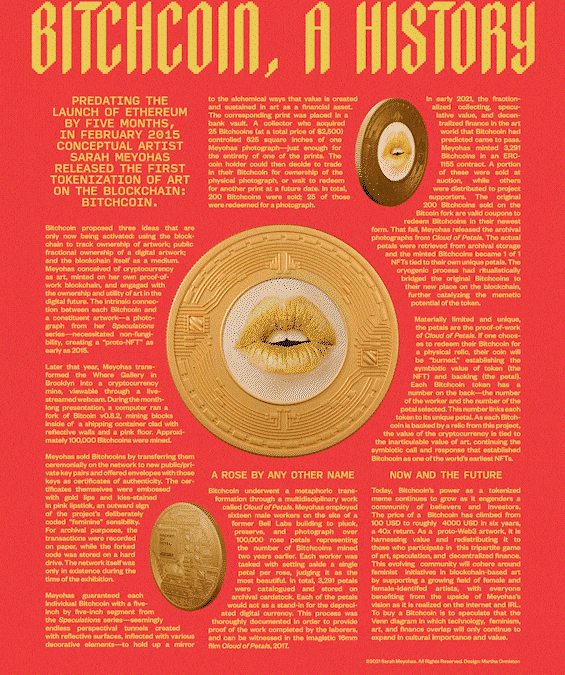


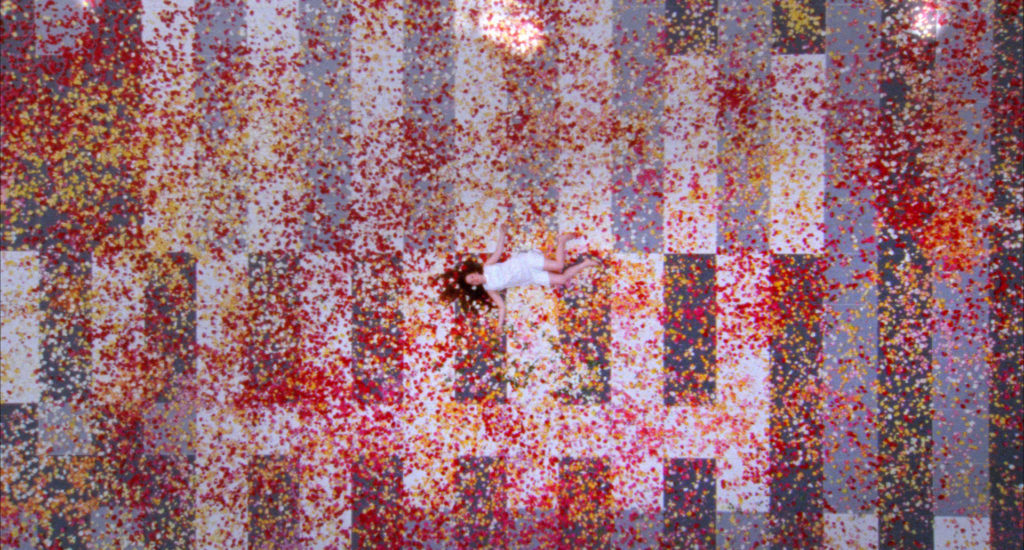
Working in the former Bell Labs complex, sixteen men selected and photographed 100,000 individual rose petals to correlate with the original number of Bitchcoins created. They set aside one petal per rose that they considered the most beautiful and put it in a press—preserving it as a physical artifact. The massive dataset they compiled was used to map an artificial intelligence algorithm that learned to generate new, unique petals forever. This performative rite was documented in Meyohas’s imagistic film, Cloud of Petals, 2017.
Predating the launch of Ethereum by five months, in February 2015 Meyohas released the first tokenization of art on the blockchain: Bitchcoin.
This visionary project proposed three ideas that are only now being activated: using the blockchain to track provenance of an artwork; public fractional ownership of a digital artwork; and the blockchain itself as a medium. Meyohas conceived of cryptocurrency as art, minted on her own proof-of-work blockchain, and engaged with the ownership and utility of art in the digital future. This unique image is a webcam photograph of the miner that Meyoas created on the occasion of her exhibition at the Where Gallery in Brooklyn, during which she inaugurated the Bitchcoin project.
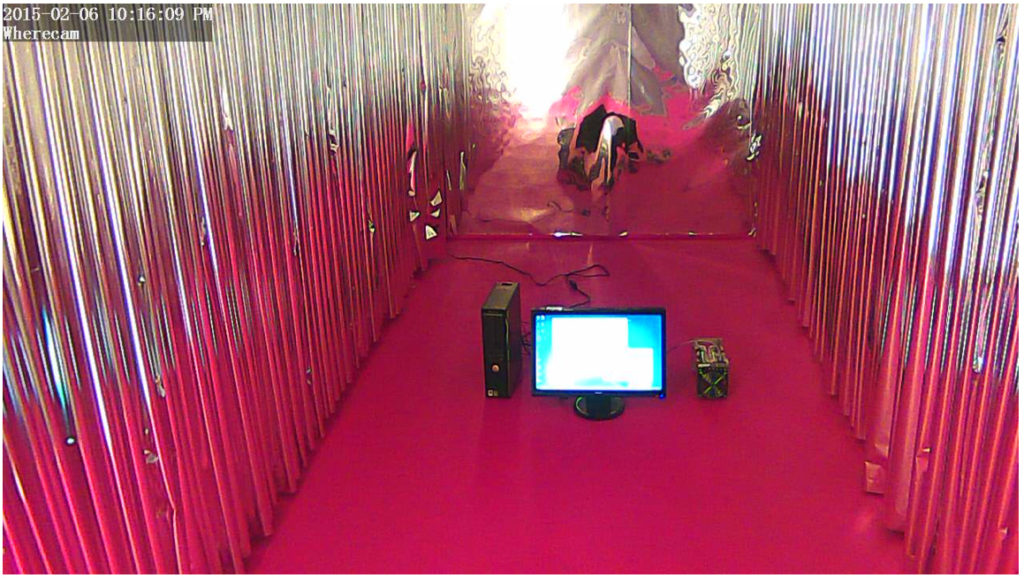
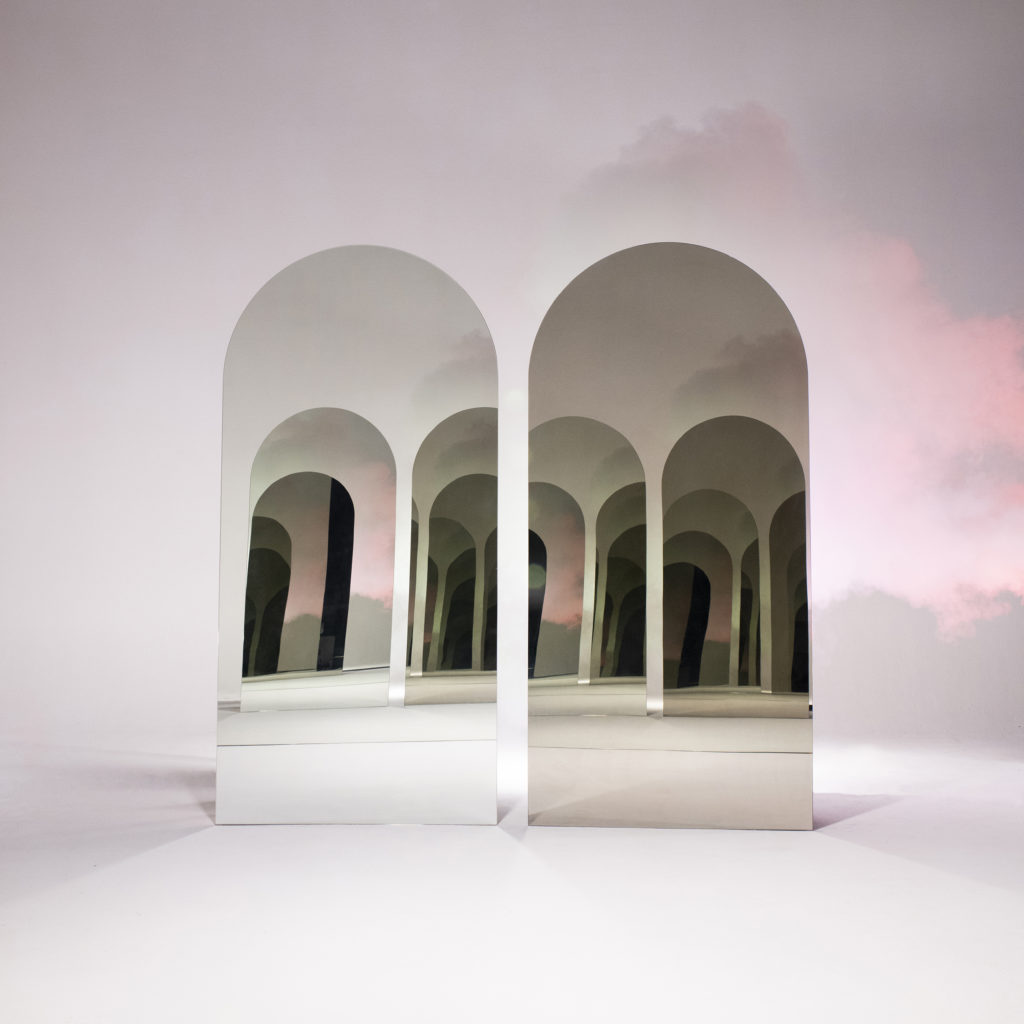
Meyohas initially conceived her Speculations series of photographs for Bitchcoin, a cryptocurrency as an artwork that playfully examines how value is created. The coin needed to be backed by a photograph, and the photograph needed to create value visually, deliberately, and perhaps with an illusory expansion of space to reference “mining” and the idea of gold. The Speculations series is ongoing. After all, these images literally never end, given their perspectival depth.
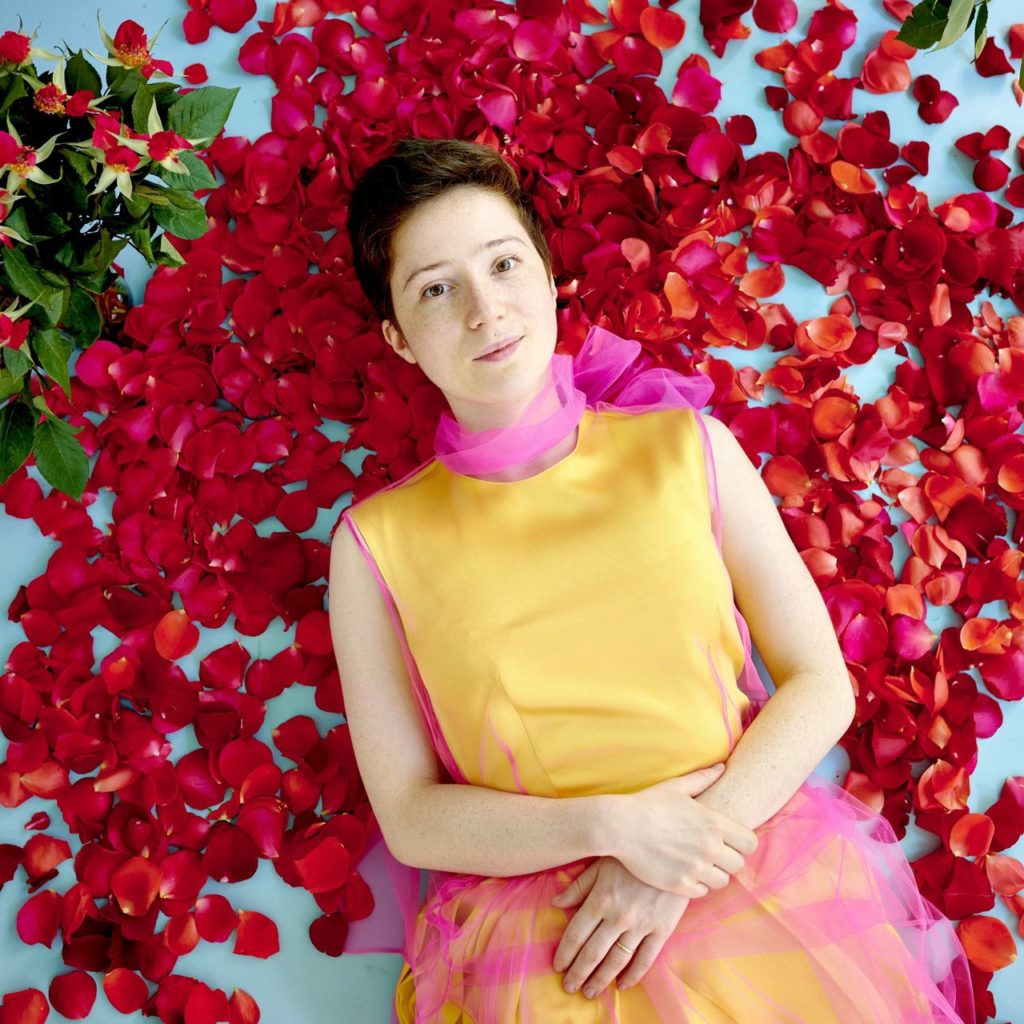
Sarah Meyohas is a French-American conceptual artist. She became a pioneer in the field of crypto art in 2015, when she created Bitchcoin, a form of currency backed by her own artwork. Creating some of the first-ever NFTs, she paired Bitchcoin with works from a monumental project in which she enlisted a team to take apart and photograph 100,000 rose petals, setting aside, from each rose, the petal perceived to be the most beautiful.
Marrying art and technology, this performative undertaking took place at the iconic former Bell Labs facility in Holmdel, New Jersey. The 3,291 petals selected as the most beautiful were used to back Meyohas’s Bitchcoin, which the buyer can redeem for the physical petal, in turn destroying the corresponding Bitchcoin and establishing value. As an early explorer of cryptocurrency and blockchain technology in art, Meyohas paved a path for many of the artists working in the field today.
Meyohas was uniquely positioned to emerge as a pioneer of crypto art, having studied finance and international relations at the University of Pennsylvania before going on to earn her MFA in photography from Yale. Her work has been exhibited worldwide, in shows at the New Museum of Contemporary Art, New York, the Barbican Centre, London, and the Jameel Arts Center, Dubai, among other venues.
Since the early 1980s, David Salle has created complex, searingly psychological paintings that juxtapose an array of images from art history, popular culture, and his own starkly lit photographs. An astute art critic, he is the author of How to See: Looking, Thinking and Talking about Art (2018).
Since his early career, Brendan has blended abstract and figurative forms to reveal meaning with deeper contemplations through his sculpture and painting. Brendan believes it is in art’s potential where we can most universally transmit positive energy. He recognizes the effect this energy, when experienced as a collective, can have on society as a whole. His commitment to process and true craftsmanship is the unifying thread throughout his body of work.
Ricci Albenda’s Universal Color Clock displays 1440 different hues, one for each minute of the day. Each NFT is tethered to a specific randomly assigned minute of the day and the owner of each minute can enjoy the full 24h Color Clock.
Josephine Meckseper, born in Germany, holds an MFA from CalArts, and lives and works in New York City. The artist is known for her large scale vitrine installations and films that have been exhibited in numerous international biennials and museum exhibitions worldwide. In her practice, which encompasses film, photography, painting and sculpture, Meckseper challenges the conventional meanings of familiar cultural imagery and the systems of circulation and display through which they acquire significance.
